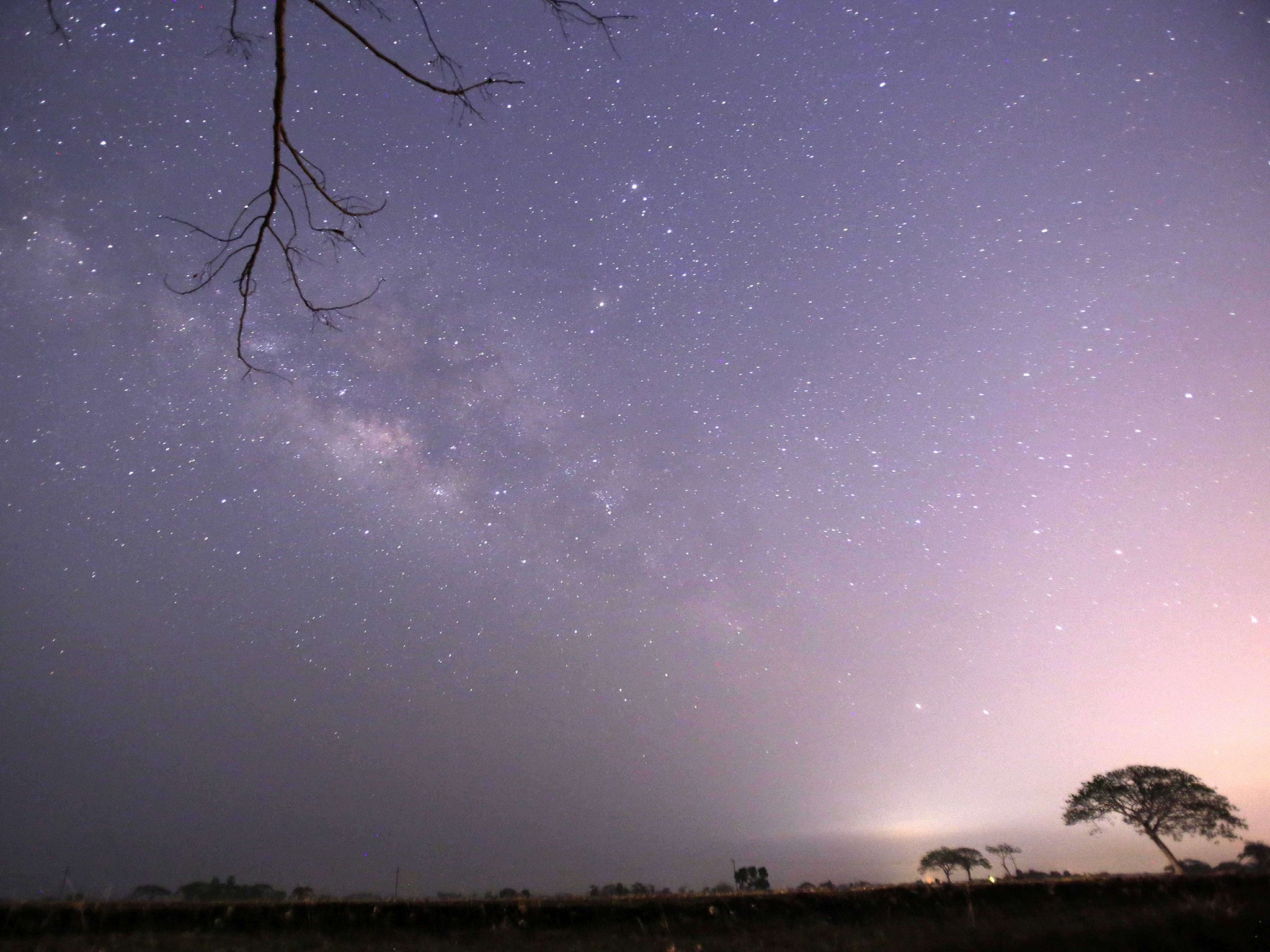Lyrid meteor shower: Amazing pictures capture magnificence of annual display
Beautiful spectacle has occurred annually for thousands of years

Your support helps us to tell the story
From reproductive rights to climate change to Big Tech, The Independent is on the ground when the story is developing. Whether it's investigating the financials of Elon Musk's pro-Trump PAC or producing our latest documentary, 'The A Word', which shines a light on the American women fighting for reproductive rights, we know how important it is to parse out the facts from the messaging.
At such a critical moment in US history, we need reporters on the ground. Your donation allows us to keep sending journalists to speak to both sides of the story.
The Independent is trusted by Americans across the entire political spectrum. And unlike many other quality news outlets, we choose not to lock Americans out of our reporting and analysis with paywalls. We believe quality journalism should be available to everyone, paid for by those who can afford it.
Your support makes all the difference.Stargazers were treated to a dazzling display last night as the annual Lyrid meteor shower appeared in the skies above the UK.
The spectacle peaked last night, with around 20 meteors an hour visible in the north of the country, but is expected to continue to a lesser extent until Saturday.
The beautiful pictures emerging from around the world – although Europeans were best placed for the most spectacular view – show the shower continues to captivate.
Observed for the last 2,700 years the meteor shower has varied in strength since it was first recorded.
Although most years there are roughly five to 20 meteors an hour, in 1803 observers recorded 700 an hour and as recently as 1982 Americans saw approximately 100 every hour.
The Chinese recorded the earliest sighting of the shower, noting in 687BC that the meteors were “falling like rain”.
The Lyrid meteor shower occurs when the earth passes through the dust trail left by comet C/186 G1 Thatcher. It is especially bright thanks to the comet’s relatively short orbit of the sun, every 415 years.
The fantastical display – visible to the naked eye – is caused when the debris and dust from the comet’s tail burns up when it enters the earth atmosphere.
Join our commenting forum
Join thought-provoking conversations, follow other Independent readers and see their replies
0Comments